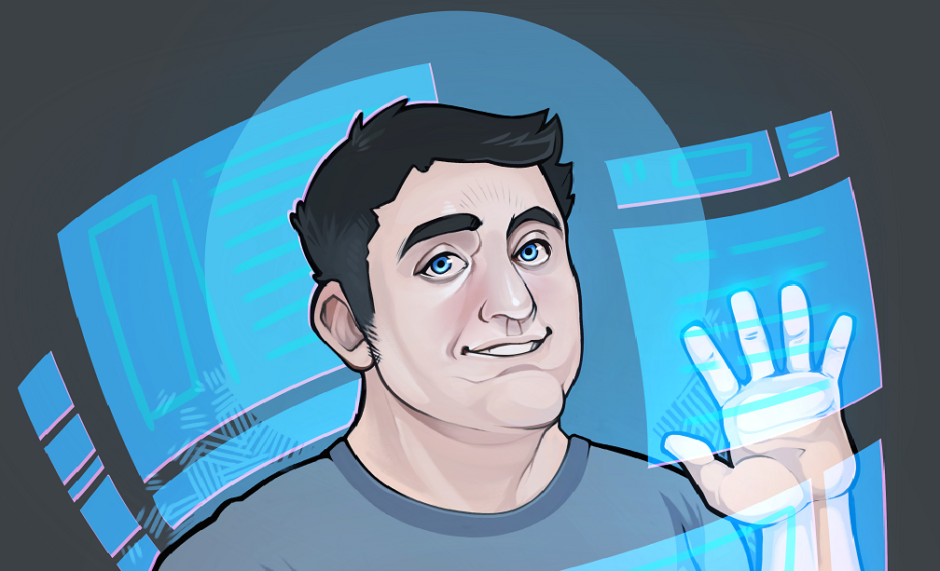The more time goes by, the more I really think that Intel want’s back into the graphics market. Graphics are the most obvious pathway to beefier machines for the consumer and the easier it is to create cool graphics that consumers find compelling (like in games), the better marketplace for Intel to upgrade everyone. So what does this have to do with Intel buying the Irish company Havok (whose physics engine is used in Half Life 2, BioShock, Stranglehold, The Elder Scrolls IV: Oblivion, Crackdown, Lost Planet: Extreme Condition, MotorStorm, Halo 3, etc.) you might ask? According to Renee James, VP of Intel’s Software and Solutions Group: “Havok is a proven leader in physics technology for gaming and digital content, and will become a key element of Intel’s visual computing and graphics efforts. Havok will operate its business as usual, which will allow them to continue developing products that are offered across all platforms in the industry.” Intel has been pushing developers to make more use of multi-threaded architecture. Just as game developers now target game eye-candy to the ability of the graphics card, Intel is pushing them to do more with beefier processors to enhance the user experience without affecting game play. This means things like adding more detailed models or more particles in a particle system if the user’s machine can handle it. This is a tall order, but one of the things that’ll make it easier is providing a cutting edge physics engine that’s highly tuned to take advantage of multi-core systems. Since the deal is worth about an estimated $US 110 million, I’d guess Intel is really serious about it. That’s cool for all the game developers and the eventual consumer apps that will be physics enabled. But a physics engine is the 2nd thing I would have bought if I were Intel. I expect to see some other acquisitions in the near future.
Topics
Android Augmented Reality C++0X/C++11 Code Conferences Consoles Control Theory Digital Intelligence DirectX Ex-Microsoft FILM Framestore Game Industry GearVR Graphics Graphics API Graphics Hardware Hardware Infinium Miscellaneous OpenGL PC Graphics Published Articles Technology Too Weird Uncategorized Virtual Reality Vive VR/AR/XR Windows 8 Windows Mixed Reality-
Recent Posts
Categories
- Android
- Augmented Reality
- C++0X/C++11
- Code
- Conferences
- Consoles
- Control Theory
- Digital Intelligence
- DirectX
- Ex-Microsoft
- FILM
- Framestore
- Game Industry
- GearVR
- Graphics
- Graphics API
- Graphics Hardware
- Hardware
- Infinium
- Miscellaneous
- OpenGL
- PC Graphics
- Published Articles
- Technology
- Too Weird
- Uncategorized
- Virtual Reality
- Vive
- VR/AR/XR
- Windows 8
- Windows Mixed Reality
Archives
- May 2020
- January 2019
- October 2018
- August 2018
- July 2018
- June 2018
- January 2018
- December 2017
- November 2017
- October 2017
- July 2017
- May 2017
- November 2016
- October 2016
- May 2016
- March 2016
- February 2016
- January 2016
- December 2015
- November 2015
- October 2015
- September 2015
- July 2015
- June 2015
- May 2015
- November 2014
- August 2014
- July 2014
- June 2014
- May 2014
- April 2014
- March 2014
- February 2014
- January 2014
- November 2013
- August 2013
- December 2012
- June 2012
- May 2012
- April 2012
- March 2012
- February 2012
- January 2012
- December 2011
- November 2011
- August 2011
- July 2011
- June 2011
- March 2011
- November 2010
- October 2010
- September 2010
- July 2010
- August 2009
- March 2009
- February 2009
- August 2008
- September 2007
- August 2007
- May 2007
- April 2007
- March 2007
- February 2007
- February 2005
- January 2005
- December 2004
- November 2004
- October 2004
- September 2004
- June 2004
- April 2004
- March 2004
- February 2004
- January 2004
- December 2003
- October 2003
- September 2003
- August 2003
- July 2003
- June 2003
- May 2003
- April 2003
- March 2003
- February 2003
- December 2002
- July 2002
- May 2002
- March 2002
- February 2002
Recent Comments
- Ron on Code Storage
- Mohammad on Code Storage
